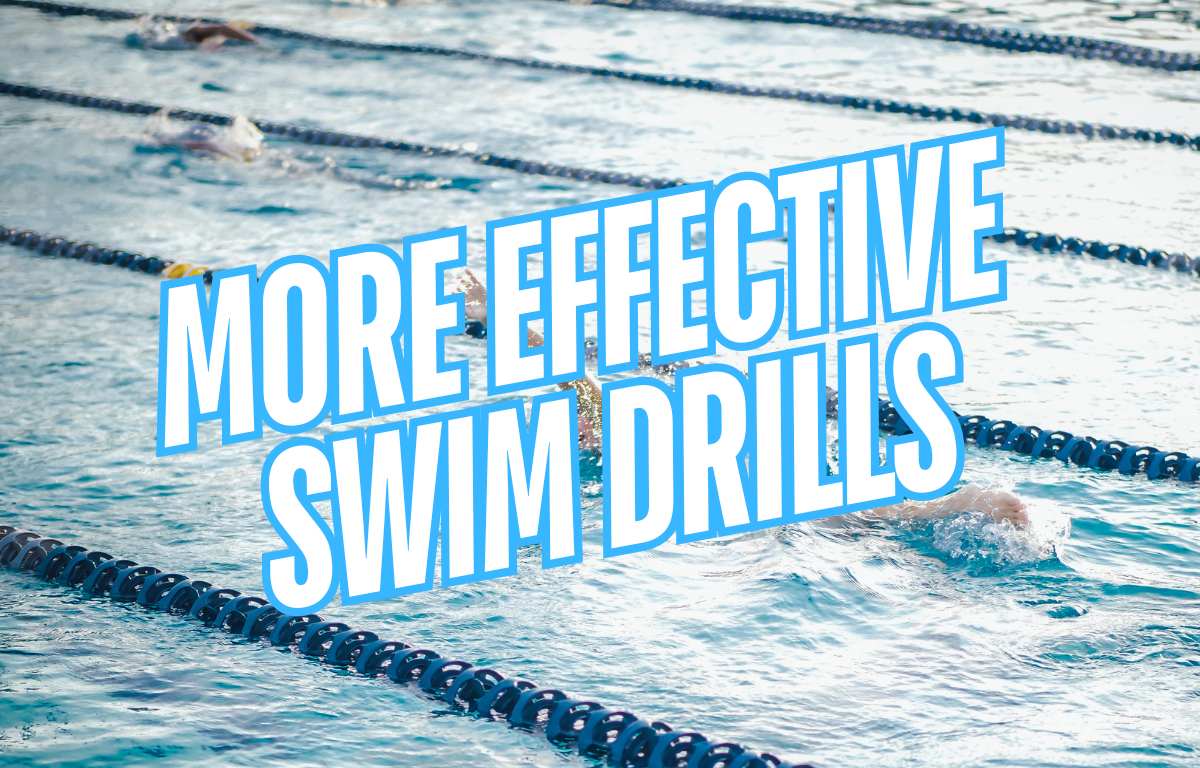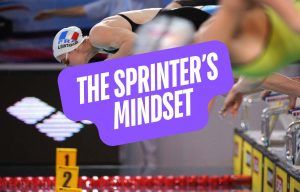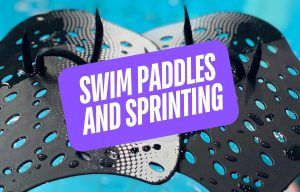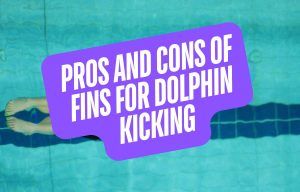Take your swimming drills to another level with these proven tips. Next stop: better technique and faster swimming!
Swimming drills are one of the essential tools for swimmers of all levels looking to swim more efficiently and increase swim speed.
That said, drills are often where good technique goes to die. Swimmers often check out mentally when doing drills, do them incorrectly, or don’t maximize their time and effort doing them.
With some intention and focus, your drills can be a supercharger for your swimming.
In this guide to more effective swimming drills, we’ll cover some proven and sneaky tips to help you get more from your drill work.
Instead of being the swimmer who slops their way through drills in the pool, you’ll learn how to crank up the effectiveness of this targeted skill and reap the benefits of improved technique and faster swimming.
Let’s dive in.
How to Improve Your Swimming Drills
The best ways to get the most out of swimming drills include:
- Be purpose-oriented
- Start slow
- Stay focused!
- Use swim gear
- Add resistance
- Different speeds
- Mix with regular swimming
Next, we will look at each tip in more detail and offer some suggestions for how to implement into your swim workouts.
1. Be purpose-oriented.
Each drill you do in the water should have a purpose.
What are we trying to improve? What’s the goal of the drill? Are we working on positioning ourselves in a “high hips” posture in the water? Trying to get that elbow up during the catch? Maintain a more neutral head position? Time the breath in a more efficient manner?
By having a clear understanding of the purpose of each drill that you do, it makes all of the following tips a lot more effective too, including increased focus and faster skill transfer.
Have a goal or purpose in place for the drills you do in training.
2. Start slow.
Skill development takes time and should be done slowly and deliberately. Which means that when doing drills, slow things down, big rig!
Rushing through drill work might get you to the other side of the pool faster, but the frantic, rushed effort will also cause you to miss important technical improvements that will actually increase swimming performance.
Nathan Adrian, Olympic champion in the 100m freestyle, NCAA champion, and 3-time Olympian, advocates a slow and unrushed approach when trying to master a new drill.
“Go slow and take plenty of rest. Nothing bothers me more than coaches that put in new or really difficult drills on tough intervals. There is a time and place for that. It is not, however, when trying to perfect a new skill.”
When doing drills, focus on control and form, not speed and effort.
3. Stay focused!
Drills are often where otherwise good technique goes to die. Maybe it’s because we are mentally fried from a hard main set or we simply want to cruise through, drills often lead to sloppy technique.
Which, obviously, is counter productive.
Stay focused and engaged when doing your drill work in the pool, remember what you are trying to improve, and remind yourself that better body awareness and technique are a form of improvement.
Pro Tip: Do swim drills as active recovery between rounds of a hard set or as part of your warm-down. Drills can help “reset” your technique when form deteriorates towards the end of a brutal main set or practice.
4. Use swim gear.
Dropping the right swim gear into your swimming drills can further increase feel for the water, improve body alignment, and even improve strength and endurance relative to the things that you are trying to improve.
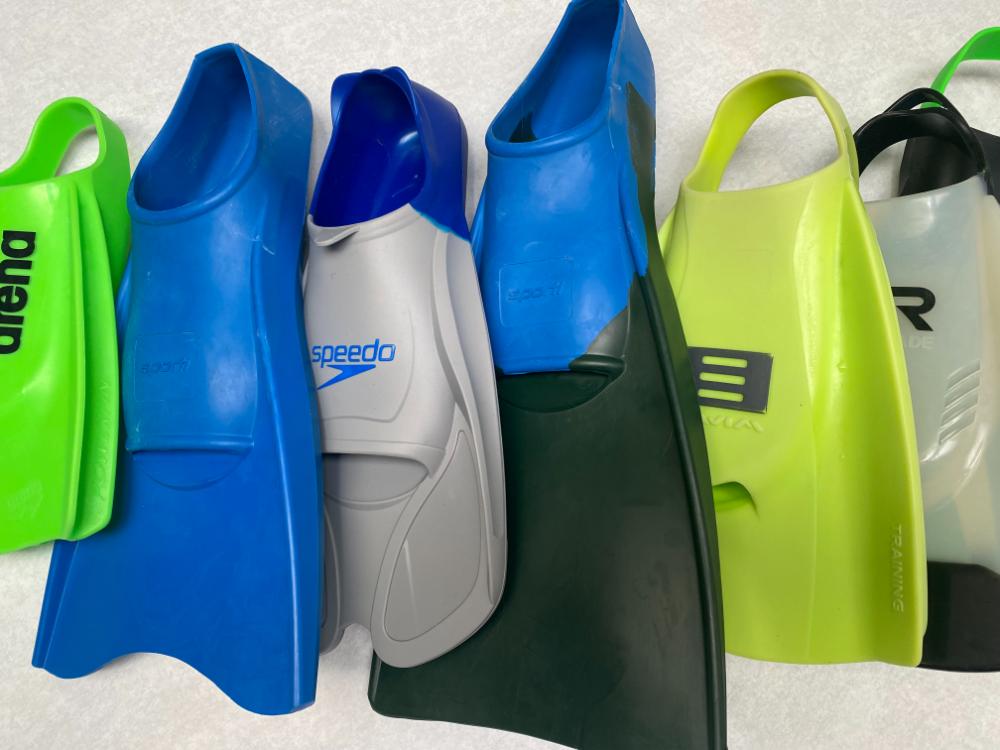
The best swim gear to use for drills include:
- A swimmer’s snorkel is the first stop for swimmers looking to use gear with swim drills. Snorkels remove the need to turn the head to breathe, so you can focus more intently on hand entry, arm position, and a straight headline.
- Fins are excellent for higher body position, mastering the up-beat phase of the kick, and doing overkick freestyle and super slow swimming drills.
- Similarly, swim paddles increase surface area of your hands, emphasizing the catch and hand entry.
The combination of swim gear and drills are a Mike Tyson 1-2 combo of better technique and increased strength in your stroke.
5. Add resistance.
Comfortable within your swim drills and ready to take them to another level? Add resistance.
Adding light resistance promotes even more awareness to what you are trying to do with your freestyle drills.
One of my all-time favorite drills, Long Dog freestyle, is excellent for building a stronger and more powerful catch and pull.
Adding a drag chute further emphasizes the catch, when then transfers to “feels like I am catching the whole pool” when dropping the chute and doing regular swimming.
By adding some light resistance, whether that’s using a small drag chute or even attaching yourself to some resistance tubing or swim tether, we strengthen the movement and by extension, build a faster swimmer.
6. Different speeds.
Drills are typically done slowly, methodically, and with full intent as we work hard on skill development.
But they can also be used at different speeds to increase the number of sensory variations swimmers experience, giving you even more opportunities to fine-tune and improve your technique.
For example, with closed fist freestyle, which is great for improving a high vertical forearm and a stronger catch, can be performed at higher speeds to teach you how to maintain maximum efficiency during fast swimming.
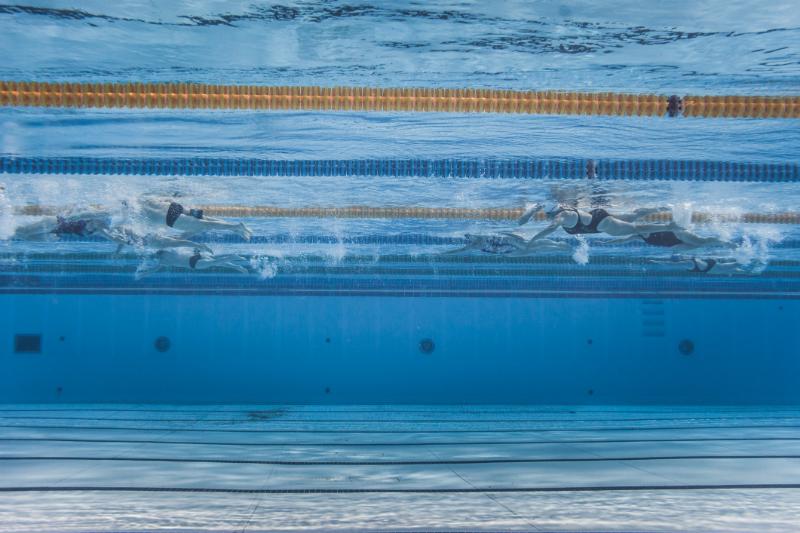
One of my favorite pre-sets is doing 25s of Long Dog Freestyle at 70-80% effort to prime my catch and stroke rhythm.
The increased effort and speed also lend itself to increased focus and mental engagement. As discussed earlier, swimmers’ focus tends to drift when it comes to drill work.
Periodically putting your foot on the gas pedal when doing swim drills will heighten concentration and increase mental stimulation.
7. Mix with regular swimming.
Finally, mix your drill work in with regular swimming to maximize the transfer of what you are trying to improve (better body position, optimal hip roll, neutral head position) into your regular swimming.
Here are some examples:
- 8×50 freestyle (LCM) as 25 closed fist freestyle strong, 25 swim fast
Or:
- 16×25 freestyle as [10m long dog strong, 15m swim fast]
By blending drills into your swim sets, you immediately reinforce better technique and reduce some of the overthinking that is common during skill development.
Swimmers and coaches often mix drill and swim within a set (10×50 alternating 50 drill, 50 swim), which is a good start, but to maximize the strengthening of neural pathways and better technique, mix them mid-length to seamlessly integrate better technique into your regular swimming.
The Final Lap
Drills don’t always get the attention they deserve, with swimmers and coaches more interested in the meat and potato work like all-out swimming, threshold sets, pace sets, and so on.
But loading up your workout with some intentional drill work can have a huge impact on your overall swimming technique and speed.
Try the tips above in your drills this week at the pool and take your swimming to new levels.
Happy swimming!
More Swim Technique Guides
8 Drills and Sets for Faster Turns. Looking to improve your turns in the pool? Here are some sets, drills, and tips for faster turns and swimming.
10 Swim Drills for a Faster Freestyle. Ready to swim more efficient and faster freestyle? Power up your freestyle with ten freestyle drills from some of the best coaches and swimmers on the planet.

